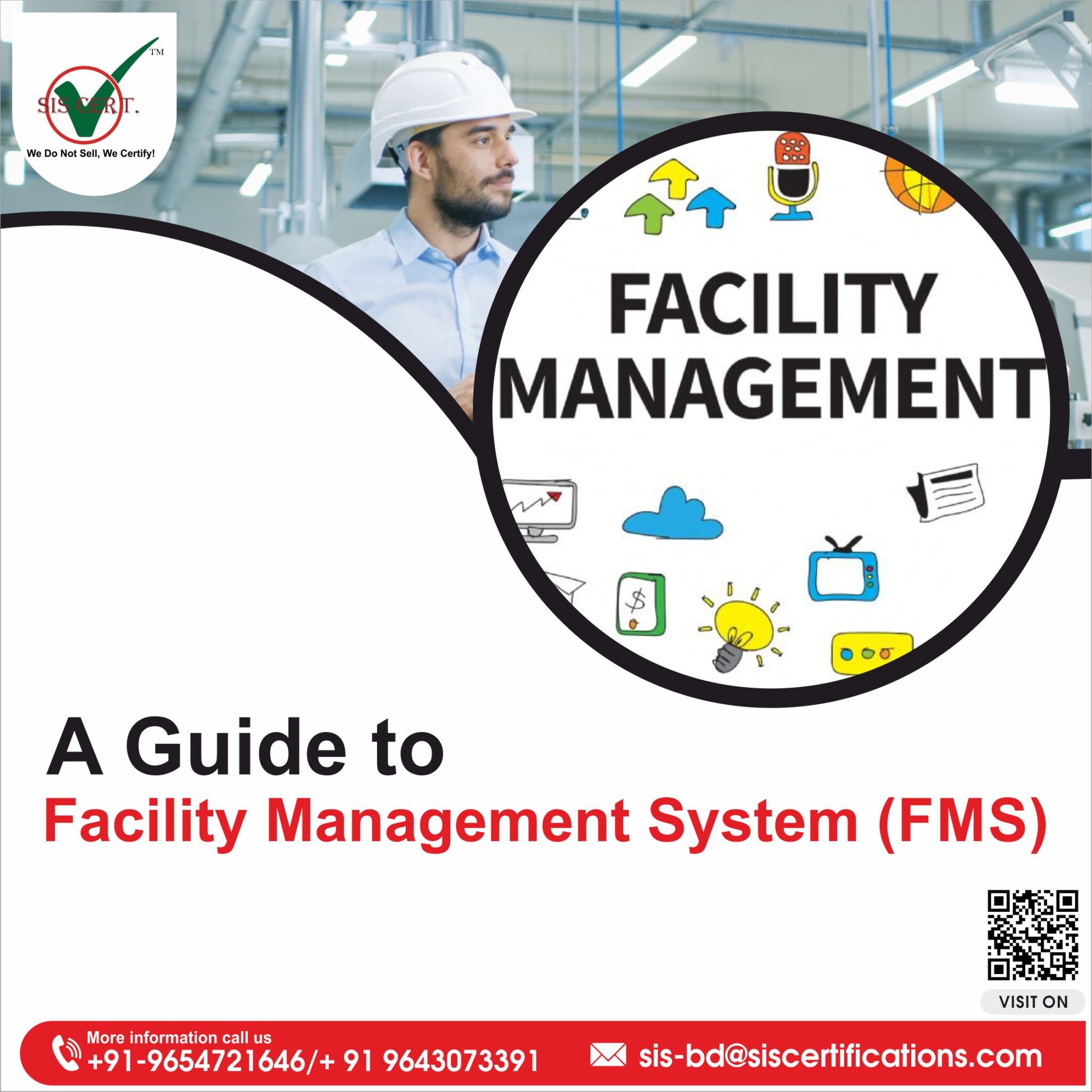Exactly How Total Facility Management Improves Upkeep and Workflow
Total Facility Management (TFM) represents a transformative change in just how organizations approach upkeep and procedures. By leveraging data-driven strategies and incorporated modern technology, TFM not only anticipates and mitigates possible concerns but also maximizes source allocation and enhances performance.
Boosted Maintenance Strategies
Enhanced Upkeep Approaches are important for optimizing the performance and durability of facilitiess. These approaches encompass a methodical approach to upkeep that highlights positive actions, anticipating analytics, and condition-based tracking. By applying such methods, companies can efficiently minimize unplanned downtimes and reduce operational disruptions.
One vital part of boosted upkeep is the use of data-driven decision-making devices. These tools permit facility supervisors to evaluate historic efficiency information, recognize patterns, and forecast potential failings before they happen. This anticipating upkeep strategy not only extends the life process of equipment yet likewise enhances safety and compliance standards.
Empowering and educating maintenance personnel are similarly important in executing enhanced strategies (Total Facility Management). Trained personnel can execute regular examinations and address minor problems before they escalate. In addition, taking on a detailed property management system promotes tracking of equipment status, maintenance background, and scheduling of preventative steps
Streamlined Operational Workflows
Enhancing operational process is crucial for the general performance of facility management. By executing streamlined procedures, companies can minimize redundancies, lessen hold-ups, and enhance efficiency. A well-structured operational workflow enables facility managers to allocate resources effectively, making certain that jobs are finished in a prompt manner.
Utilizing facilitiess management software application can automate routine tasks such as work order management, stock tracking, and scheduling. Clear interaction networks among team participants foster cooperation and responsibility, even more improving operational efficiency.
Standardizing treatments is another essential component. Developing finest methods aids make certain that all personnel are straightened in their approach, decreasing the probability of errors and improving solution delivery. Normal training and updates on process processes also play an important role in maintaining consistency and efficiency.
Eventually, streamlined operational process contribute to an extra receptive facility management system, allowing companies to focus on critical initiatives instead of being slowed down by management burdens. By prioritizing effectiveness, facility supervisors can significantly enhance the total performance of their procedures.
Proactive Issue Resolution

Regular assessments and monitoring systems play a crucial duty in this process, making it possible for facility managers to collect information and anticipate possible failures. In addition, cultivating open communication channels among personnel motivates the very early coverage of issues, additionally assisting in punctual resolutions.
Carrying out a thorough facility management software application can improve the tracking of maintenance tasks and concern reporting, supplying valuable insights right into recurring troubles and their origin. This data-driven strategy permits educated decision-making and prioritization of sources.
Eventually, aggressive concern resolution not just preserves the integrity of facility operations yet likewise improves worker fulfillment and safety. By buying methods that concentrate on avoidance, organizations can develop a much more effective and resilient operational environment, establishing a solid foundation for future growth and success.
Cost Efficiency and Resource Management
Just how can companies achieve a balance between price performance and efficient source management in facility operations? The assimilation of total facility management (TFM) supplies a strategic structure that improves economic performance while maximizing resource appropriation. By settling solutions, companies can improve operations, lower redundancies, and leverage economic situations of range.
Effective source management begins with an extensive assessment of existing possessions and functional procedures. Utilizing data analytics, companies can identify underutilized sources and address inefficiencies. This informed approach allows the execution of targeted upkeep routines, thus extending asset life and decreasing unexpected downtime.

Educating and growth of facility management employees further enhance cost performance by furnishing them with the skills needed to handle sources deliberately. Inevitably, by taking on an alternative approach to facility management, organizations can achieve considerable expense savings while making certain that operational performance continues to be a leading priority.
Sustainability and Environmental Effect
The assimilation of total facility management (TFM) not just enhances price performance yet likewise plays an essential duty in promoting sustainability and reducing ecological effect. By taking on a holistic technique to facility procedures, TFM promotes the application of sustainable practices that lessen resource usage and waste generation.
Among the vital components of TFM is the optimization of power usage. This includes the fostering of energy-efficient modern technologies, routine upkeep of HVAC systems, and the wikipedia reference use of wise building management systems. These actions not only lower energy prices but likewise substantially decrease greenhouse gas emissions.
Moreover, TFM advertises the usage of sustainable products in facility maintenance and renovation tasks. By prioritizing eco-friendly items and practices, facilitiess can lower their total environmental footprint while cultivating healthier interior settings.

Verdict
In verdict, Total Facility Management considerably boosts maintenance and operations via systematic methods that stress anticipating analytics and condition-based monitoring. TFM advertises lasting methods, eventually leading to boosted facility management outcomes and see this a society of continuous enhancement within companies.
Total Facility Management (TFM) represents a transformative shift in just how companies come close to maintenance and procedures. Making use of facilitiess management software application can automate regular tasks such as job order management, stock tracking, and organizing.How can companies accomplish a balance between price performance and effective resource management in facility operations? The integration of total facility management (TFM) gives a calculated structure that boosts economic performance while enhancing source appropriation.In verdict, Total Facility Management significantly improves upkeep and operations via methodical strategies that visit this site stress predictive analytics and condition-based surveillance.